Text


θελκτήριος καὶ θερμός <3
16 notes
·
View notes
Text

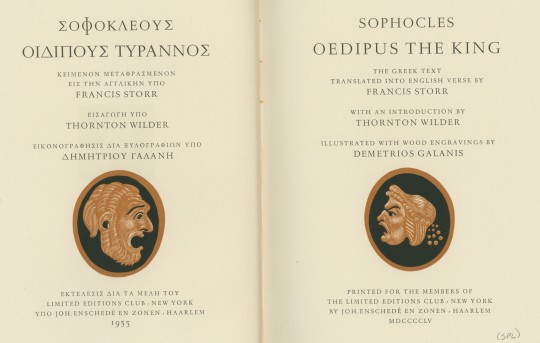



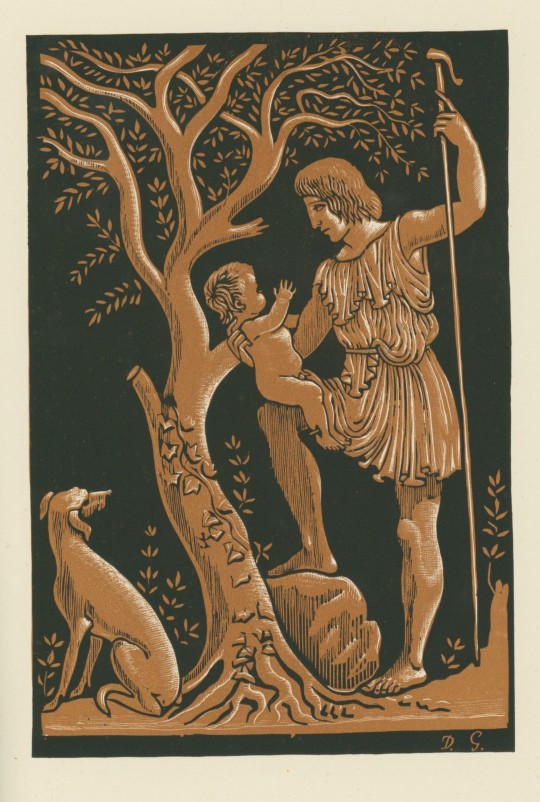
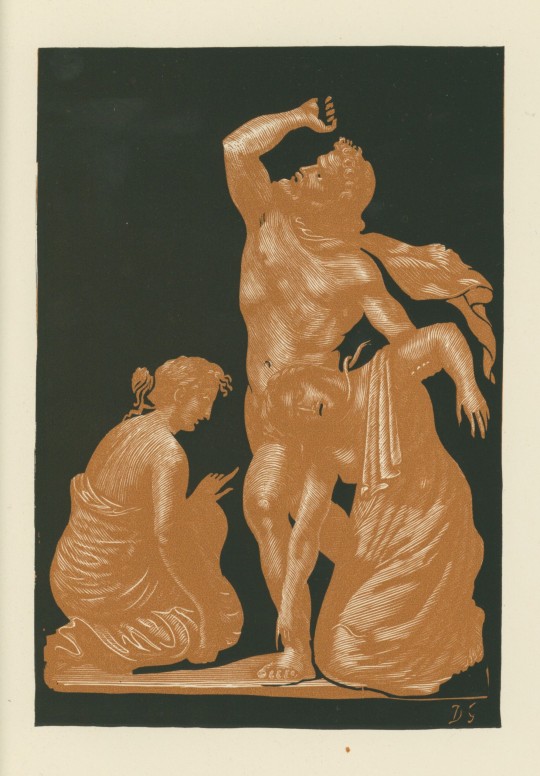

Tragically Greek
This 1955 edition of Oedipus the King, written by Sophocles, features the original Greek text alongside the English verse translation. Offering a rich, immersive reading experience results from hard work, dedication, and creative minds coming together to create this masterpiece.
Jan van Krimpen (1892-1958), Dutch typographer, book designer, and type designer, designed the two typefaces. The Greek type is named “Antigone,” and the English type is called “Romulus.” The translator for this work was Francis Storr (1839-1919), a British classicist, translator, and teacher.
The paper was specially manufactured at the historic Dutch Pannekoek Papermill, a mill with a rich history that unfortunately met its end in a fire in 1944. This exclusive feature adds a touch of rarity to your reading experience. Printed in the offices of Johannes Enschedé, under the supervision of Mijnheer van Krimpen, it was for the members of the Limited Editions Club.
Adding to the richness of this edition is the detailed and insightful introduction provided by Pulitzer Prize winner Thornton Wilder (1897-1975), American playwright, novelist, and native of Madison, WI. His esteemed perspective offers an enlightening preface to the classic tale.
The illustrations are black and terra-cotta wood engravings designed by Greek artist Demetrios Galanis (1879-1966). He was the trailblazer of modern Greek engraving and was once touted as one of the greatest living Greek artists at the time of the book’s release.
Sophocles (c. 497/496 – winter 406/405 BC) was an ancient Greek playwright born in Colonus near Athens. He is one of the three great tragedians of classical Athens, along with Aeschylus and Euripides. Sophocles wrote over 120 plays during his lifetime, although only seven have survived in their entirety. His works are characterized by their complex characters, well-crafted plots, and profound exploration of moral and philosophical themes.
Among his most famous plays is the tragedy Oedipus the King. The story is about Oedipus, the king of Thebes, who tries to uncover the truth behind a plague that has struck his city. In doing so, he discovers that he himself is responsible for the plague, having unknowingly killed his father and married his mother. The play delves into themes of fate, free will, and the consequences of one's actions.
-Melissa, Special Collections Classics Intern
View other Classics posts
51 notes
·
View notes
Text
I love you people going into "useless" fields I love you classics majors I love you cultural studies majors I love you comparative literature majors I love you film studies majors I love you near eastern religions majors I love you Greek, Latin, and Hebrew majors I love you ethnic studies I love you people going into any and all small field that isn't considered lucrative in our rotting capitalist society please never stop keeping the sacred flame of knowledge for the sake of knowledge and understanding humanity and not merely for the sake of money alive
36K notes
·
View notes
Text
““Σκιάς όναρ άνθρωπος.“ "Man is a dream of a shadow(or shade).” Πίνδαρος, 522-438 π.Χ., Αρχαίος λυρικός ποιητής””
—
One of the most well-known Pindar quotations: man is a dream of a shadow. Sometimes it is quoted with a bit more context:Creatures of a day! What is someone? What is no one? A dream of a shadow is man.
The most interesting phrase, however, is the one in the title: σκιᾶς ὄναρ ἄνθρωπος, man is a dream of a shadow. But perhaps we should translate σκιά as shade rather than shadow. The word σκιά,like the English word shade, can refer to the spirit of a dead person.The typical translation, man is a dream of a shadow, must often strike people as a statement of the ephemeral and fleeting nature of human life, with the phrase dream of a shadow simply indicating something very slight. (In fact, the word ephemeral comes from the Greek word ἐφήμερος, which means of the day or short-lived. It appears in this very passage in the Doric form ἐπάμερος, translated as creatures of a day.)
5 notes
·
View notes
Text

odysseus moment today when i wandered around for an hour waiting for the bus & longing to come home from the library
901 notes
·
View notes
Text
Does anyone have a photo of that handout of how to interpret different untranslatable small ancient Greek words like μην? It was written in a humorous tone and I know I've seen it on tumblr before but can't find it. I wanted to send it to a professor I know who teaches Greek.
Edit: I have it! Behold, the perfect translation guide.

2K notes
·
View notes
Text
I hope to show that the Hymns do perform a ritual function basic to all public ceremonies in early Greece: the ritual achievement of divine presence. The god is brought by the hymnist into attendance not via explicit klêsis (as happens in prayer and cultic hymn), nor by the use of apostrophe or Du-stil; rather, he is summoned by symbolic means. Instead of calling out “hither!” “come!” or “join us!” or addressing the god directly as “you who . . .,” the hymnist was charged with achieving the god’s presence through narrative. It was a mark of his authority that he could tell us about the gods, follow them through
their deeds and misdemeanors, and convey to his audience their very words; it was a mark of his skill as a singer that he could achieve klêsis with a story.
This is the kind of narrative power that investigators of magical texts have seen in the historiolae, or “effective stories,” found in incantations. Practitioners of magic in the Mediterranean basin—very prominently in Egypt, but also in Greece and among early Christians and others—at times inserted small-scale narratives into therapeutic messages with the apparent intention of establishing an analogical relation between narrated situations and acts, on the one hand, and
the real outcome desired, on the other. The social group(s) that formed community with such practitioners clearly represented them as affecting (or even effecting)
reality through narrative for the duration of the performance
Garcia, John F. “Symbolic Action in the Homeric Hymns: The Theme of Recognition.” Classical antiquity 21, no. 1 (2002): 5–39
51 notes
·
View notes
Text



https://www.washingtonpost.com/books/2023/09/20/emily-wilson-iliad-translation-terms/
emily wilson making me happy :-)
551 notes
·
View notes
Text


ἀασάμην, οὐδ᾽αὐτὸς ἀναίνομαι
20 notes
·
View notes
Text
Oh holy shit they found Silphium alive and growing in the wild.
66K notes
·
View notes
Text
ancient greek word of the day: κακοθερής (kakotherēs), unfitted to endure summer heat
283K notes
·
View notes
Text
ancient greek word of the day: ἀστεροειδής (asteroeidēs), star-like
3K notes
·
View notes
Photo
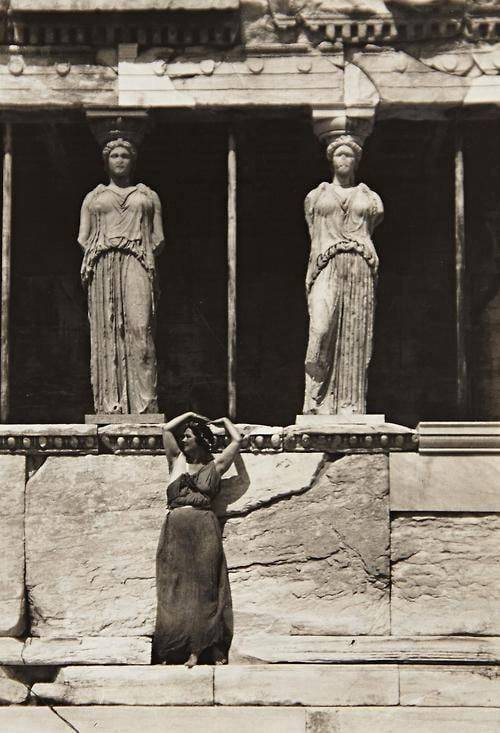
1920 Isadora Duncan at the Erechtheion by Edward Steichen. From Art Deco, Avant Garde and Modernism, FB.
433 notes
·
View notes
Text
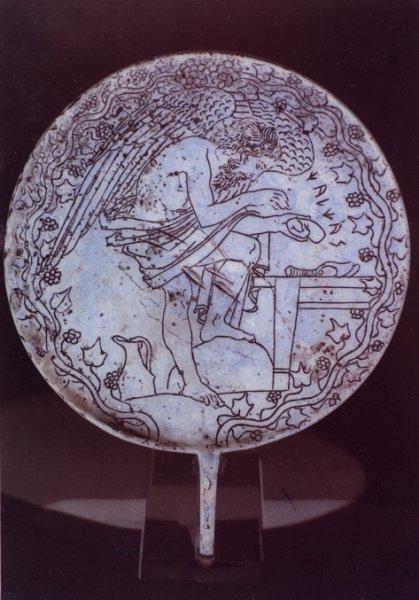
Etruscan bronze mirror of Calchas the Seer Reading a Liver. Late fifth century BCE.
124 notes
·
View notes


